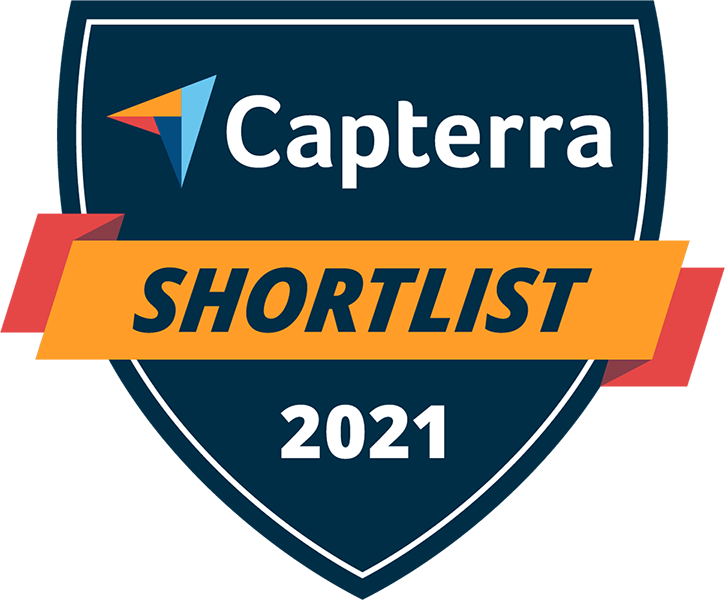Service
WordPress
WordPress is a free and open-source content management system written in PHP and paired with a MySQL or MariaDB database. Features include a plugin architecture and a template system, referred to within WordPress as Themes.
What is WordPress?
WordPress is a free and open-source content management system written in PHP and paired with a MySQL or MariaDB database. Features include a plugin architecture and a template system, referred to within WordPress as Themes.
How does businesses use WordPress?
WordPress is the most popular Content Management System (CMS) around. It powers 38% of all internet websites among big and small businesses. With it, you can create, manage, and scale any kind of website, personal blog, online store, and others for your small business.
Why use WordPress?
Some of the strong reasons why businesses run WordPress because it’s free and open source, affordable, most popular CMS, free plugins and themes and have very good support to SEO.
WordPress Themes
A WordPress theme is a .zip having design files and features to change the layout, design and add functionality of a website. Themes customize the appearance of your site, including the layout, typography, color, components and other design elements.
WordPress Plugins
A WordPress plugin is a piece of software in a ..zip file that “plugs into” through plugin option your WordPress site. Plugins can add new functionality or extend existing functionality on your WordPress site, allowing you to create virtually any kind of website, from simple static website to ecommerce stores or a complex business directory sites. Originally WordPress was designed as a blog platform but by the help of plugins, once can almost build any type of web application.
Headless WordPress
Headless WordPress is the term used to describe decoupled WordPress that means that the backend (management) part is separate from the frontend part of the WordPress CMS. You can develop and manage the frontend as a standalone application with any frontend framework of your choice. The frontend can be built on any technology. ie: ReactJS, Angular, VueJS, Svelte or etc.
The benefit of using WordpPress as headless CMS is reduced development time for backend. Using plugins, a lot of things become available ready made resulting the reduced cost of development and free open source support.
WordPress API
The WordPress REST API provides an interface for applications to interact with your WordPress site by sending and receiving data as JSON (JavaScript Object Notation) objects. It is the foundation of the WordPress Block Editor, and can likewise enable your theme, plugin or custom application to present new, powerful interfaces for managing and publishing your site content.
The REST API is a developer-oriented feature of WordPress. It provides data access to the content of your site, and implements the same authentication restrictions — content that is public on your site is generally publicly accessible via the REST API, while private content, password-protected content, internal users, custom post types, and metadata is only available with authentication or if you specifically set it to be so.
WordPress Facts & Stats
- WordPress is the world’s most popular content management system powering 34% of all websites on the internet. On top of that:
- WordPress has a 60.8% market share in the CMS market
- WordPress powers 14.7% of the world’s top websites
- 500+ sites are built each day using WordPress while only 60-80 per day are built on platform like Shopify and Squarespace.
- WooCommerce is the most popular eCommerce system and powers 22% of the top 1 million ecommerce sites in the world
- There are over 59,230 plugins on the WordPress Plugin Directory, with many new options added daily.
How to hire a WordPress Design Company?
Step 1: Define your requirement (Design Choice, Page List, Content Guidelines ann References)
Step 2: Assess whether you need to hire a WordPress developer or a designer.
Step 3: Define your budget (Will decide if you need a freelancer or a company)
Step 4: Request for Quote or Discuss Directly (STABLX Offers WordPress Design and Development)
Step 5: If you want to do too many changes, Consider an hourly rate. (When ignored, freelancer and companies limit you to 2-3 changes as every revision adds timeline)
How STABLX helps businesses reach their business goals with WordPress and More?
- Business Requirement Analysis
- Dedicated Support
- Fusce dapibus, tellus ac cursus commodo, tortor mauris condimentum nibh, ut fermentum massa justo sit amet risus.
- Curabitur blandit tempus porttitor.
- Cras justo odio, dapibus ac facilisis in, egestas eget quam.
Frequently Asked Questions
What Is WordPress? WordPress is a content management system (CMS) that allows you to host and build websites. WordPress contains plugin architecture and a template system, so you can customize any website to fit your business, blog, portfolio, or online store.
WordPress is free, as are many of its add-ons. Still, at the very least you’ll need to spend money on both hosting and a domain. Fortunately, entry-level hosting services are common and priced very affordably. Some of the top WordPress hosting services offer shared plans starting at less than $5 per month.
Yes, you can sell items in a WordPress blog. All you need is an WordPress “eCommerce” or “shopping cart” plug-in. Once installed and configured, an eCommerce plug-in can sell anything from aardvarks to Zunes. Hundreds of such plug-ins are listed for free or paid download at the WordPress.org Plugin Directory.
On average, though, you can expect to pay an upfront cost of around $200-500 to build a website, with an ongoing cost of around $50 per month to maintain it. This estimate is higher if you hire a designer or developer – expect an upfront charge of around $6,000, with an ongoing cost of $1,000 per year.
Client Testimonials














